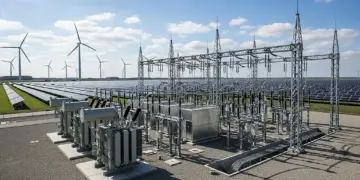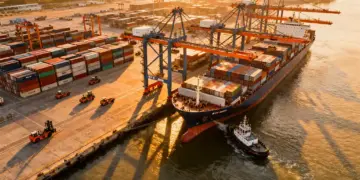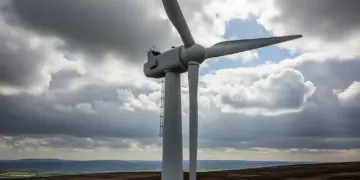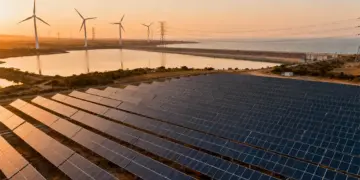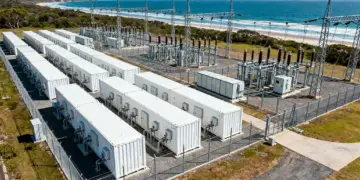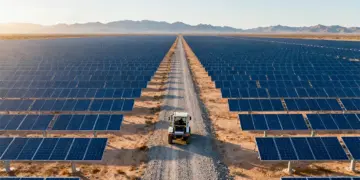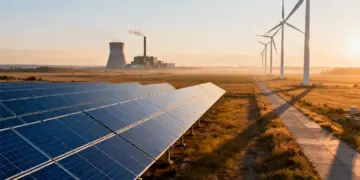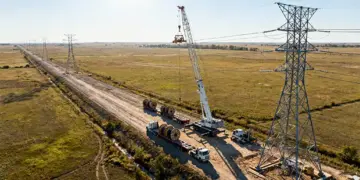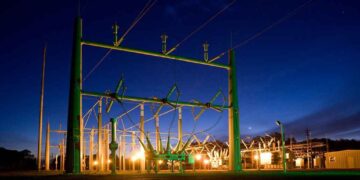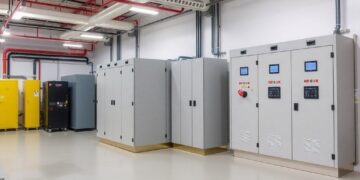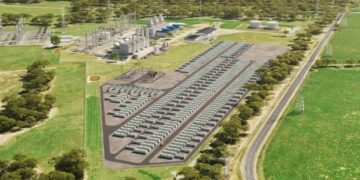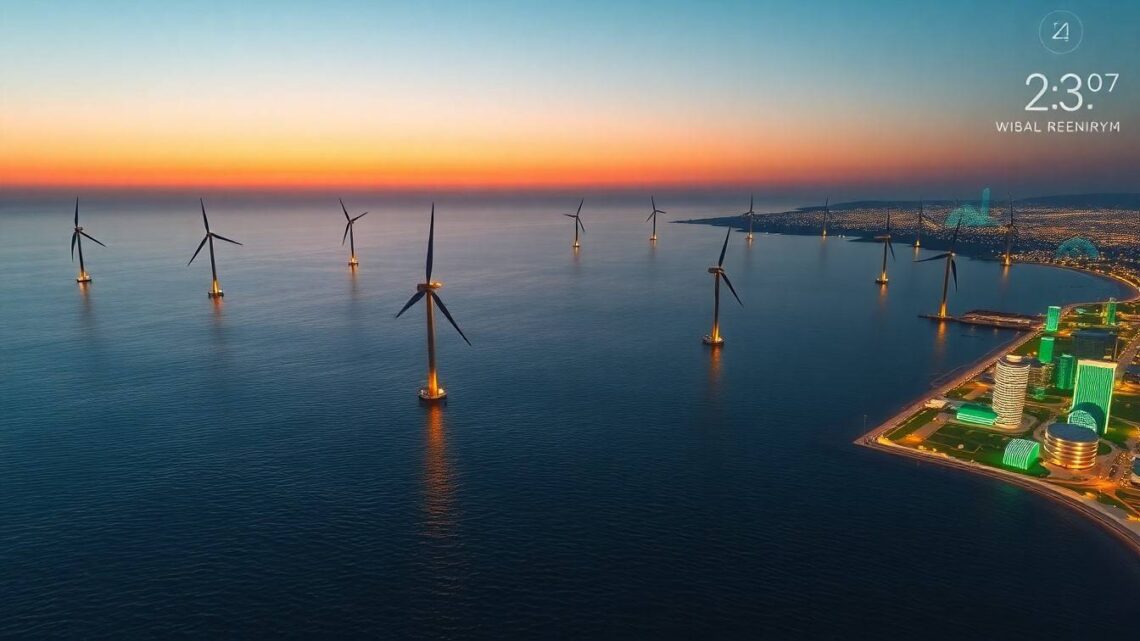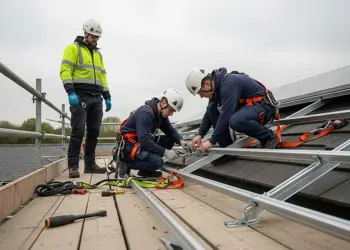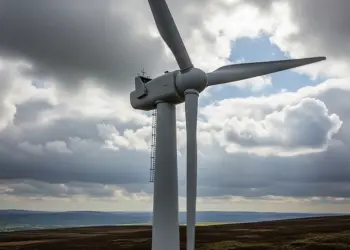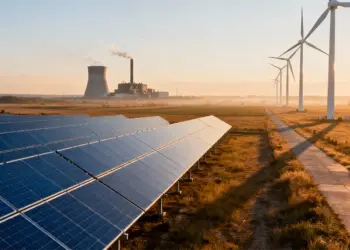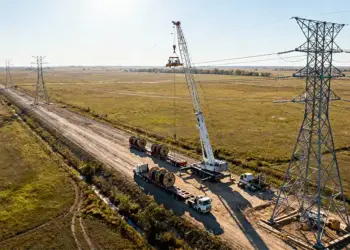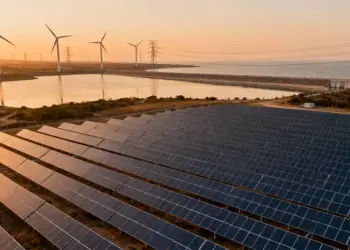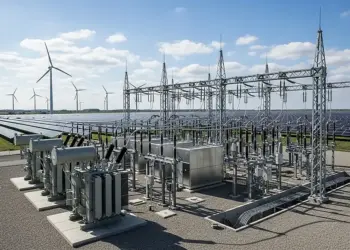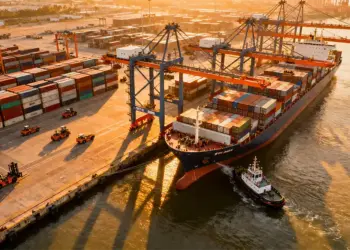The shift to renewable energy around the world is boosting growth in many areas, and offshore wind energy is becoming a very popular and effective way to generate power. Allied industry Research says that the offshore wind turbine industry would be worth $39.2 billion by 2031, with a strong compound annual growth rate (CAGR) of 8.28% from 2022 to 2031. This growth is due to a greater focus on decarbonisation, government incentives, and improvements in wind turbine technology. Together, these things are changing the future of energy production.
As countries try to reach their lofty climate goals, offshore wind turbines are a great way to make a lot of renewable energy. This article looks at the things that are driving the market’s growth, the most important technological changes, and the regional trends that will shape the future of the offshore wind turbine sector.
The Rising Demand for Offshore Wind Energy
The offshore wind turbine industry is estimated to be worth $39.2 billion by 2031. This is mostly because more and more people want renewable energy sources that help the environment and cut down on the use of fossil fuels. Offshore wind energy has certain clear advantages over onshore wind energy. For example, the wind speeds are stronger and more consistent, which means more energy is produced.
Governments all over the world are taking advantage of these benefits by putting a lot of money into offshore wind projects. As part of the Green Deal, the European Union wants to reach 300 GW of offshore wind capacity by 2050, for example. The United States also wants to use 30 GW of offshore wind energy by 2030, and the federal government is helping to make that happen with investments and incentives. These goals show how important offshore wind turbines are for making energy policies and fighting climate change.
Offshore wind farms are even more appealing because they can be made bigger. Offshore projects can be built in large sea areas, which cuts down on conflicts over space and maximises energy potential. Onshore projects, on the other hand, are generally limited by land availability and public opposition. This flexibility to develop is a major factor in the expansion of the offshore wind turbine market, making it a crucial part of worldwide renewable energy plans.
Technological Advancements Driving Market Growth
The offshore wind turbine industry is predicted to increase to $39.2 billion by 2031. This is directly linked to improvements in wind turbine technology. New ideas in turbine design, materials, and installation methods are making offshore wind projects more practical, less expensive, and more efficient.
The move towards bigger and more powerful turbines is one of the most important changes. The newest offshore wind turbines can generate more than 15 MW, while older models could only generate 3–5 MW. These bigger turbines make more electricity per unit, which lowers the entire cost of making energy and makes the project more profitable.
Another innovative new idea is floating wind turbines. Floating turbines can be set up in deep water where the wind is greater, unlike standard bottom-fixed turbines, which need shallow water to be installed. In areas where the bottom isn’t good for regular turbines, this technology is opening up new possibilities for offshore wind growth.
Digitalisation is also changing the sector in a big way. To improve performance, predict maintenance needs, and cut down on downtime, wind turbine systems are being outfitted with advanced sensors, data analytics, and artificial intelligence (AI). These digital solutions are making offshore wind turbines more reliable and efficient, which makes them more appealing to investors and developers.
Regional Insights: A Global Perspective
The fact that the offshore wind turbine business is growing in different parts of the world shows that it is worldwide. Europe is still the biggest market for offshore wind energy, with about half of the world’s installed capacity. The United Kingdom, Germany, and Denmark are examples of countries that are leading the way because they have good legislation, strong infrastructure, and expertise with offshore wind development.
China is leading the way in the growth of the offshore wind business in the Asia-Pacific area. In 2021, China added more than 16 GW of new offshore wind capacity, which was more than the rest of the world put together. The country’s goal of becoming carbon neutral by 2060, along with good government policies and new technologies, are driving this rapid growth.
In North America, the offshore wind turbine business is set to develop a lot in the United States, thanks to federal programs and state-level requirements. Vineyard Wind and Ocean Wind are two projects that are helping to build a strong offshore wind sector. They are creating jobs and boosting the economy in coastal towns.
Emerging economies in Africa and Latin America are also looking into the potential of offshore wind, although they are doing so more slowly. These areas have problems because they don’t have enough infrastructure, there are unclear rules, and they can’t get enough money. But as the cost of technology goes down and investments from other countries go up, they are likely to become increasingly important in the global offshore wind scene.
Challenges and Opportunities
The offshore wind turbine market is predicted to be worth $39.2 billion by 2031, but to get there, a number of problems need to be solved. High upfront expenses are still a big problem for anybody who want to get into the industry, especially for underdeveloped countries and smaller businesses. Private companies may not want to get involved in offshore wind projects since they need to spend a lot of money on making turbines, putting them up, and connecting them to the grid.
Concerns about the environment are also a problem. To make sure that development is sustainable, we need to carefully manage how offshore wind farms affect marine ecosystems, the fishing industry, and coastal communities. Regulatory frameworks and environmental assessments are very important for reducing these risks and getting the public to back offshore wind projects.
Even with these problems, the offshore wind turbine sector offers a lot of chances. As the cost of wind energy goes down thanks to economies of scale and new technologies, offshore wind is becoming more and more competitive with fossil fuels. Also, combining offshore wind with other renewable energy sources like solar and hydrogen opens up new ways to make energy systems that are strong and low in carbon.
The Path Forward
The offshore wind turbine industry is estimated to reach $39.2 billion by 2031. This shows that offshore wind energy will be a big part of the worldwide clean energy transition. The right government regulations, new technologies, and market opportunities are all coming together to make a great place for growth, which is bringing in money and making the sector thrive.
To make the most of this momentum, everyone involved in the value chain needs to work together to solve problems and make the most of offshore wind energy. Governments should keep supporting policies and making the process of getting permits easier. Developers and investors should focus on new ideas and long-term success.
To make offshore wind projects bigger and easier to get to in new markets, we will need to work together with both the public and private sectors. The sector can make sure that offshore wind energy helps with both decarbonisation and economic growth and energy security by encouraging people to work together and making the most of their strengths.
Conclusion
The offshore wind turbine business is anticipated to be worth $39.2 billion by 2031. This shows how much offshore wind energy might change the way the world gets its electricity. Offshore wind turbines are a scalable, sustainable, and cost-effective way to fulfil rising energy needs while lowering carbon emissions. They do this by using stronger and more consistent wind resources.
As the industry grows, thanks to new technologies, regional efforts, and lower costs, offshore wind energy is going to be a key part of the renewable energy revolution. There are many chances for governments, business leaders, and investors, and they need to act soon.
The offshore wind turbine sector is proof of what can be done when ingenuity and ambition come together. The road towards a sustainable energy future is well on its way. Offshore wind energy can power homes and businesses, and with the appropriate regulations, collaborations, and investments, it can also help make the world cleaner, greener, and stronger.


